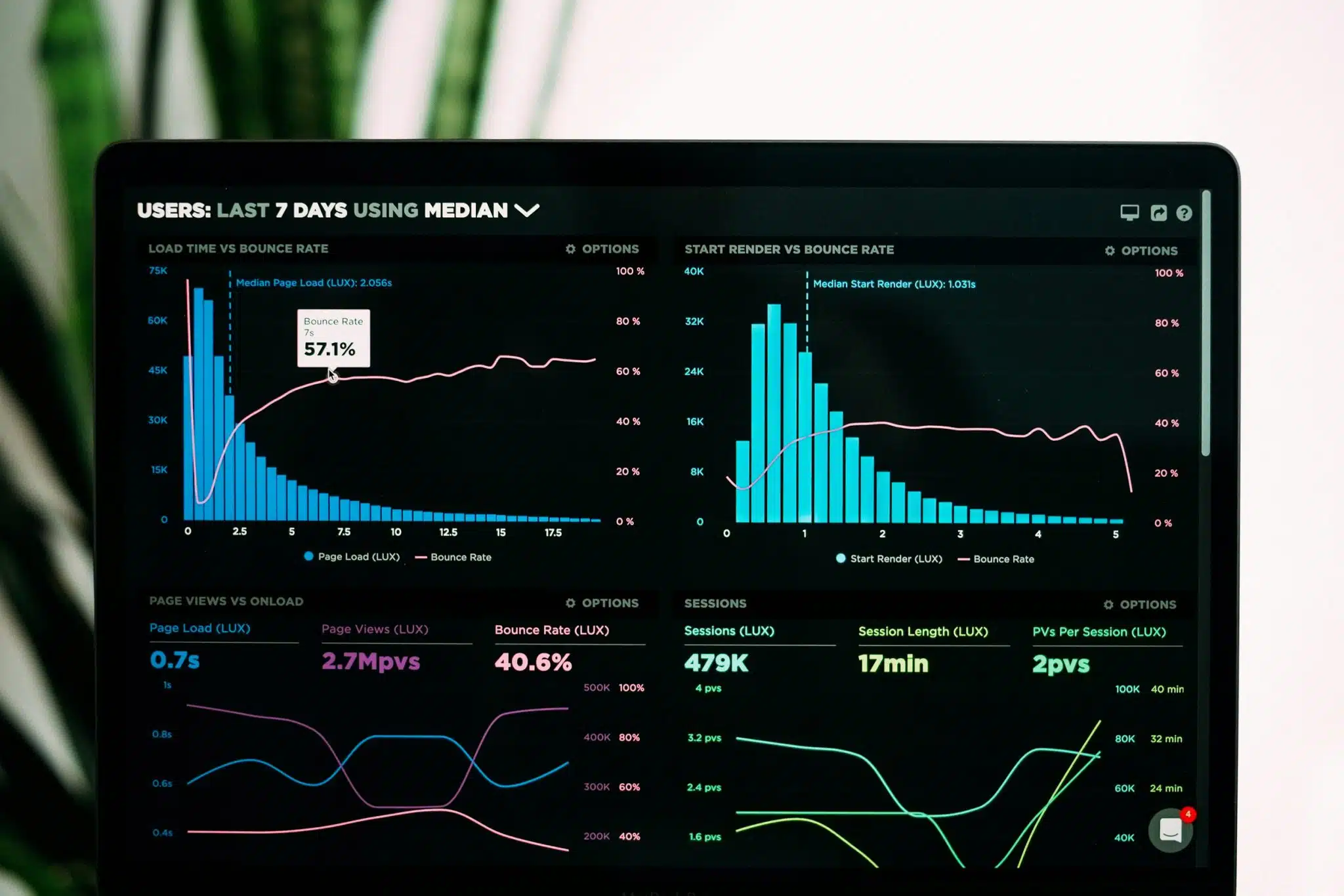Introduction
In today’s digital landscape, a website is more than just an online brochure—it’s a pivotal part of any local business’s success. With rapidly changing technologies and increasing consumer expectations, having a performance-optimized website is essential for local businesses that want to thrive. In this guide, we will explore not just the “why” but also the “how” behind performance optimization, tailoring tips and techniques specifically for local businesses.
According to recent studies, over 60% of mobile users expect a website to load in three seconds or less. If your site takes longer than that, chances are potential customers are moving on to your competitors. Hence, focusing on performance optimization is not just an additional step but a necessity for local businesses seeking sustainable growth.
Why Performance Optimization Matters
Performance optimization impacts several key areas:
- User Experience: Fast-loading websites improve customer satisfaction and engagement, leading to higher conversion rates.
- SEO Rankings: Search engines prioritize speed and performance, meaning an optimized website is more likely to rank higher in search results.
- Mobile Usability: With increasing usage of mobile devices, fast performance ensures a seamless experience across all devices.
Key Factors for Performance Optimization
1. Minimize HTTP Requests
Each element on a web page (images, scripts, stylesheets) creates an HTTP request, which can slow down loading times. To minimize requests, consider the following:
- Combine CSS and JavaScript files.
- Use CSS sprites to combine images.
- Avoid unnecessary third-party scripts.
2. Optimize Images and Media
Large files can significantly decrease load times. Here are some tips:
- Use appropriate file formats (JPEG for photos, PNG for graphics).
- Resize images to match the display size.
- Compress images without losing quality using tools like TinyPNG.
3. Utilize Browser Caching
Browser caching can help improve load times for repeat visitors. Ensure to set the right headers by:
- Defining cache expiration dates.
- Using caching plugins for CMS platforms. Consider reading more about WordPress development services to effectively manage caching.
Best Tools for Performance Testing
To stay ahead, utilize these performance testing tools:
- Google PageSpeed Insights: Gives comprehensive insights into performance and recommendations.
- GTmetrix: Offers a detailed breakdown of page speed and provides optimizations.
- Pingdom: Monitors uptime and performance issues.
Long-Tail Keywords for Local SEO
Incorporating long-tail keywords can enhance your search visibility. Some examples include:
- “best performance optimization for local business websites”
- “how to enhance website speed for local stores”
- “local SEO tips for fast website performance”
Conclusion
In summary, performance optimization is crucial for local businesses wishing to enhance user experience, improve SEO rankings, and drive conversions. By focusing on key factors like minimizing HTTP requests, optimizing images, and utilizing caching, you can create a fast and effective online presence that not only attracts visitors but converts them into loyal customers. Don’t wait—start optimizing your website today, and unlock the potential for your local business! For more comprehensive solutions, explore our cyber security and maintenance services to ensure your site’s performance remains top-notch.
Interested in optimizing your website? Contact us today for personalized support and strategies tailored to accelerate your local business growth!

